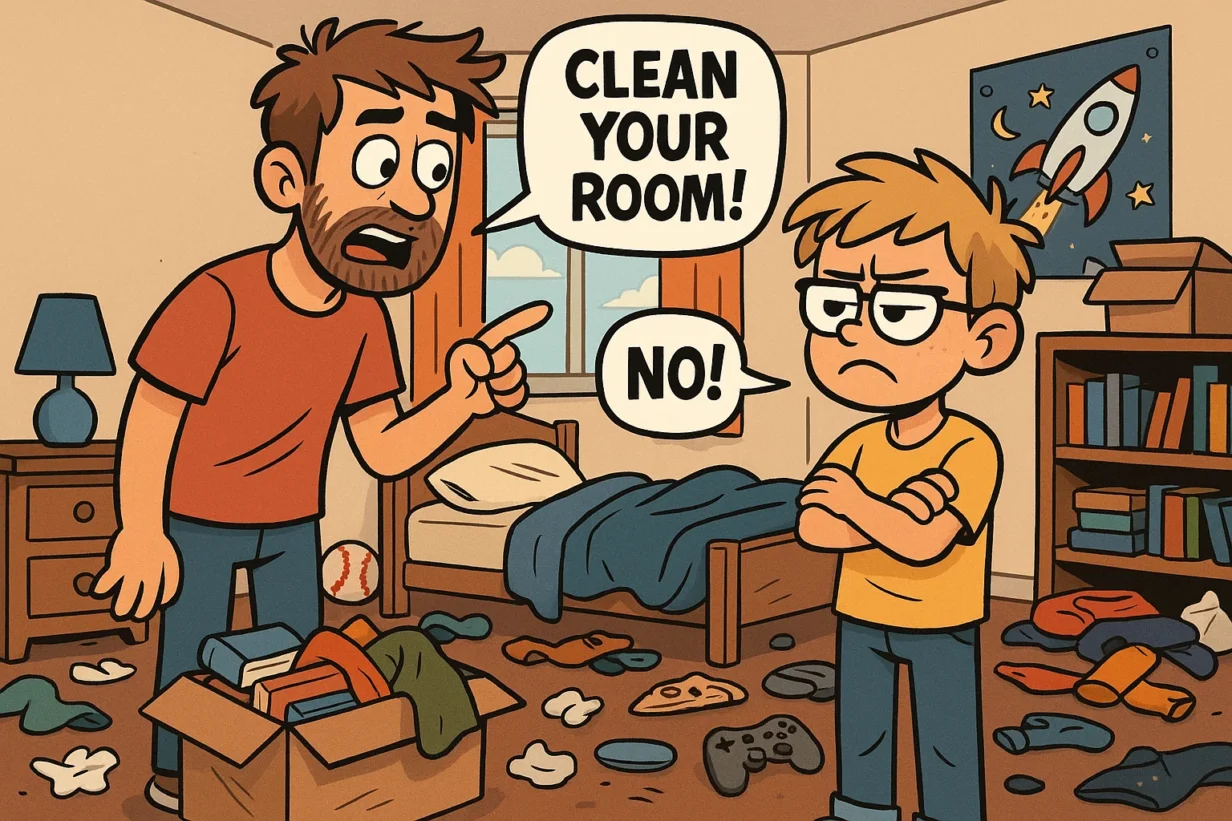
Agile Beyond Work: A Practical Lesson from Everyday Life
Agile isn’t just for product teams or project managers. It’s a mindset rooted in adaptability, clarity, and continuous improvement. Some of the most meaningful applications of Agile thinking don’t happen in the office. They happen in our homes, our side projects, and our relationships.
One example I often share with people I coach comes from my experience as a parent. My son is autistic and shows traits of Pathological Demand Avoidance (PDA), which means that tasks he perceives as overwhelming can cause him to shut down completely. To help him navigate those moments, I’ve found that Agile principles, especially breaking down work into manageable pieces, make a world of difference.
From Overwhelm to Action
My son doesn’t see tasks as obligations. To him, they’re either interesting or not. If something catches his interest, he’ll spend hours immersed in it. But if it doesn’t, especially if it feels large or undefined, he’ll do everything he can to avoid it. Cleaning his room is a prime example.
For many of us, cleaning a room is a minor inconvenience. We see the mess, we know what to do, and we just get it done. But for my son, the idea of “clean your room” felt enormous. So big, in fact, that it seemed impossible to start. That often led to frustration, shutdowns, or even full-blown meltdowns.
After speaking to him about it, he finally expressed just how overwhelming the task felt. That moment shifted everything.
We stopped treating “clean your room” as a task and reframed it as a goal. Then we worked backward to break that goal into small, manageable tasks:
- Put clean clothes in the dresser
- Place dirty clothes in the hamper
- Put Nerf guns and darts in the toy box
- Place Xbox controllers on the desk
- Bring water cups to the kitchen
- Place blankets and pillows on the bed
These items might change from day to day, but the format stays the same: small tasks with a clear goal; a clean room by the end of the day. He can do them in whatever order and at his own pace. Maybe he puts his clothes away, plays video games for a while, then finishes the rest. That flexibility gives him autonomy and control, two key elements when working with PDA.
This approach dramatically reduced his stress. It removed the sense of “demand” from the situation and replaced it with achievable actions. The result? A happier kid—and a clean room.
Connecting to Agile Principles
You might be wondering: how is this Agile?
Let’s break it down:
Individuals and Interactions Over Processes and Tools
I started by listening to my son, understanding why the task felt so overwhelming. That empathy informed how we approached the problem together.
Working Software Over Comprehensive Documentation
In Agile terms, “working software” is about delivering value. Here, the clean room is the working product. Instead of getting stuck on a long list of chores, we focused on incremental results that built toward the goal.
Responding to Change Over Following a Plan
As these tasks were completed, we realized the bed was messy even though it wasn’t on our original task list. Rather than rigidly following the plan, I asked him how he wanted to handle it. He chose to make the bed, not because he was told to, but because he understood how it contributed to the goal.
Simplicity—Maximizing the Work Not Done
We focused only on what really mattered. The closet might still be messy and wires might be tangled under the desk, but those didn’t stand in the way of achieving the goal. That’s simplicity in action.
Where Else Can This Mindset be Applied?
Once you start thinking this way, you’ll see opportunities everywhere.
- Household chores can be broken into bite-sized tasks that make them more approachable.
- Personal goals like writing a book, getting fit, or learning a skill become less daunting when broken into small, measurable steps.
- Relationships benefit from incremental improvements and honest retrospectives.
- Parenting, caregiving, home projects, even hobbies all benefit from Agile thinking.
Agile is a Human-Centered Mindset
Being Agile isn’t about standups, burn-down charts, or ceremonies. At its core, it’s about shifting how we approach challenges: focusing on people, making things clearer, and reducing the friction between intention and action.
With my son, the real change didn’t come from enforcing chores, it came from redefining what success looked like, and making that success feel achievable. That’s the Agile mindset at work.
Whether you’re coaching a team or guiding a child, remember this: big change happens one small step at a time.